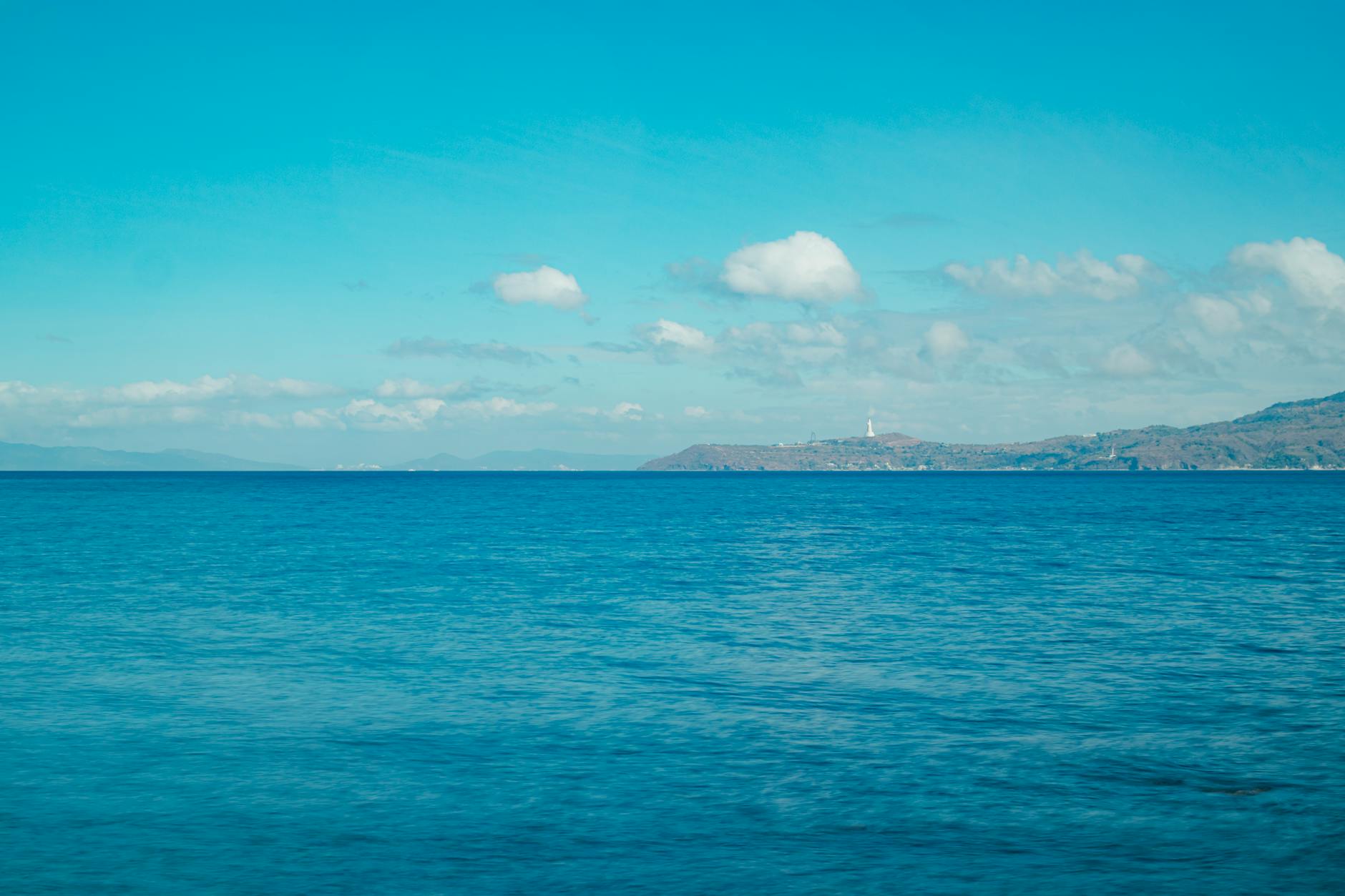How Australia's Conservation Practices Inspire Global Initiatives

Unique Ecosystems in Australia
Australia boasts some of the world’s most distinctive ecosystems, each offering unparalleled opportunities to witness natural wonders. Among these, the marine reserves of Rottnest Island hold a special place. They're not just a haven for vibrant marine life but also a critical area for conservation efforts. By preserving these marine ecosystems, we help maintain biodiversity and ensure that future generations can marvel at the astonishing species that call these waters home.
If you're intrigued by the idea of exploring captivating natural environments, consider embarking on a polar expeditions. Although polar destinations might seem a world away from Australia's sunlit shores, they share the common thread of requiring thoughtful conservation strategies. For those seeking warmer climates, south american tours offer a rich tapestry of ecosystems, from rainforests teeming with wildlife to vast river deltas. These experiences aren't just vacations but a means to engage directly with global efforts in biodiversity conservation.
Moreover, tailor-make your travel plans by opting for tailormade south america journeys. These trips allow you to immerse yourself fully in protected habitats while learning from local conservationists. Together, these explorations both near and far illustrate the interconnectedness of our planet's precious ecosystems, underscoring the need to protect them through innovative and collaborative efforts.
Indigenous Knowledge
Traditional Land Management
In Australia, the use of indigenous knowledge for land management is a practice rich with thousands of years of history. Traditional custodians have developed techniques that harmonise human activity with nature's rhythms, creating sustainable environments that flourish without tip-toeing the fine line of ecological degradation. This ancient wisdom has been passed down through generations, showcasing a detailed understanding and respect for native species and ecosystems.
Indigenous land management practices, including controlled burning, water conservation, and biodiversity monitoring, exemplify an approach that melds traditional knowledge with contemporary environmental science. For instance, firestick farming techniques are a sophisticated method used to manage land and prevent large-scale bushfires. This technique enables specific plant growth, reduces fuel load, and supports animal habitats.
To further connect conservation practices with indigenous methods, one could draw parallels to how conservation areas in Kings Park and Botanic Garden align with traditional resource management. Ensuring cultural integration in conservation efforts not only protects ecosystems but also respects and maintains cultural heritage.
The acknowledgment of these practices is slowly gaining attention in wider conservation frameworks globally. This realisation paves the way for more inclusive strategies that embrace broader environmental perspectives, similar to the interest shown in eco-focused experiences and destinations such as a Galapagos cruise or Central America tours. Both seek to harmonise cultural appreciation with ecological preservation.
Modern Conservation Practices
Protected Areas and National Parks
In Perth, the role of conservation is vividly illustrated by the enduring dedication to our national parks and protected areas. These regions are vital not only for preserving biodiversity but also for enabling research and education initiatives that help protect our planet. One can see this commitment in the conservation areas of Kings Park and Botanic Garden, where the intertwining of urban development and natural preservation provides a living example of balanced coexistence. This model encourages sustainable approaches that have become essential in modern conservation efforts globally.
Wildlife Corridors and Connectivity
The biodiversity-rich waters of the Swan River Estuary serve as a powerful reminder of the importance of linking habitats. By establishing wildlife corridors, we ensure that local species can move, find resources, and maintain genetic diversity. This connectivity is crucial, particularly when considering large-scale ecosystems like those in Africa. Just as african safari adventures highlight the importance of safe animal passages across diverse terrains, local initiatives work to ensure animal populations can flourish through enhanced habitat connectivity.
Urban Greening Projects
In urban areas, greening initiatives serve as a testament to integrating nature into our daily lives. Projects centred on urban greening deliver numerous benefits: they improve air quality, provide habitats for urban-adapted species, and offer a reprieve from the concrete jungle. These initiatives are a pillar of sustainable development, mirroring the goals of more expansive conservation efforts like africa tours that showcase the value of ecosystems on a broader scale. Such projects in Perth align with a broader commitment to creating environments where both humans and wildlife can thrive.
Global Influence and Collaboration
International Partnerships
Australia's dedication to conservation does not end at its borders. The country's extensive efforts extend through international partnerships, specifically focused on addressing the global environmental crisis. These collaborations often take shape in the form of joint conservation projects, research initiatives, and knowledge exchanges. Such ventures are crucial for bolstering the conservation of ecosystems that are interconnected across continents.
One remarkable instance of these partnerships is with conservation efforts in South America. In particular, Australia's collaboration with South America has been instrumental in promoting sustainable Galapagos tours. By sharing expertise and resources, these tours emphasize ecological protection while fostering economic benefits for local communities.
Sharing Conservation Technology
Technological innovation is at the forefront of Australia’s conservation efforts. By sharing advanced conservation techniques and technology with international counterparts, we can address environmental issues more effectively. These shared technologies range from wildlife tracking systems to sophisticated data analytics platforms that provide critical insights into species behaviour and habitat health.
Australia’s role in spreading these technologies is pivotal, particularly in regions popular for South America tours. By equipping local communities and conservationists with these tools, we enhance their capacity to protect unique ecosystems, not just in Australia but worldwide.
Migratory Species Protection
Australia's biodiversity-rich environments serve as vital habitats for many migratory species. Through global collaborations, we actively contribute to creating migratory pathways that ensure these species are safeguarded during their journeys. This includes working with international conservation groups to monitor and protect critical habitats along migration routes.
Overall, global conservation collaboration is crucial. Australia's initiatives, coupled with our unique insights from local conservation hotspots like the biodiversity-rich waters of the Swan River Estuary, underscore our commitment to making a significant positive impact on the global stage.
Balancing Tourism and Conservation
Achieving harmony between tourism and conservation is a nuanced challenge that requires a multifaceted approach. In places like Rottnest Island, where pristine marine environments attract visitors from around the globe, strategies such as visitor caps and sustainable tourism practices are crucial. These initiatives help maintain ecological balance while still supporting local economies. By implementing eco-friendly accommodations and promoting responsible wildlife viewing, we can ensure that the island's delicate marine reserves remain vibrant.
Tackling Invasive Species
Invasive species pose a significant threat, particularly to biodiversity-rich areas like Kings Park and Botanic Garden's conservation zones. Introduced predators and competitive plants often outcompete native species, leading to biodiversity loss. Effective management requires targeted removal programs and community involvement to monitor and report invasive populations. For instance, dedicated programs focusing on species like the feral cat have seen success in decreasing predation on native animals.
Climate Change Adaptation Strategies
Adapting to climate change is an urgent priority, especially for ecosystems such as the Swan River Estuary that are sensitive to environmental shifts. Local initiatives focus on enhancing natural resilience through the restoration of wetlands and mangroves, which act as buffers against rising tides. Furthermore, community-driven projects that promote renewable energy and energy efficiency play a pivotal role in reducing carbon footprints, thus protecting these vital habitats.
By prioritising these conservation challenges, we can foster a future where Australia's unique ecosystems flourish, balancing both human enjoyment and ecological integrity.


